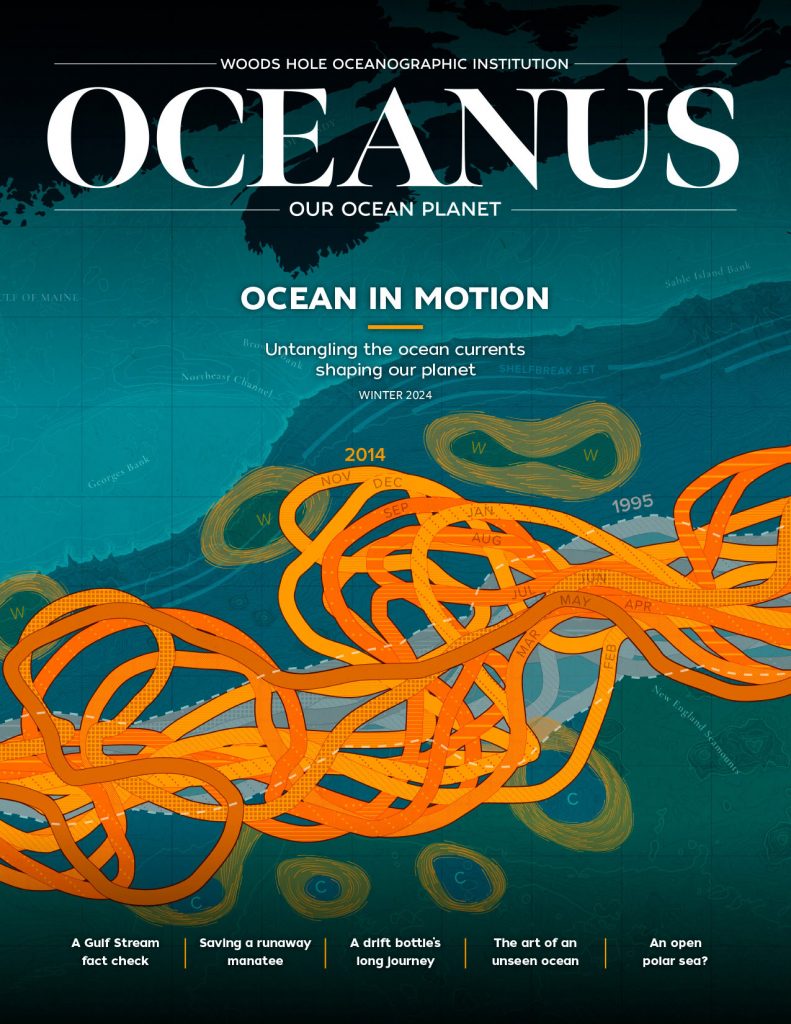Life at Vents & Seeps
Unexpected new species discovered in a deep-sea hydrothermal vent provides a deeper understanding of bacterial evolution
Scientists discover a labyrinth of life hidden in the deep
Under a hellish ocean habitat, bizarre animals are lurking
An Explorer of Abyssal Depths Looks to Oceans on Other Worlds
Scientists discover pristine deep-sea Galápagos reef ‘teeming with life’
New Species Of Deep-Sea Fish Discovered Off Costa Rica
Explorer Robert Ballard’s memoir finds shipwrecks and strange life forms in the ocean’s darkest reaches
In the early 1970s, when Ballard was doing his graduate work in marine geology and geophysics, scientists were still refining the basics of plate tectonics theory.
Where do you park when you dive thousands of feet into the ocean?
WHOI biologist Stace Beaulieu forgets all bodily needs when chasing creatures in her tiny submarine.
NASA eyes the ocean: How the deep sea could unlock outer space
“When hydrothermal vents were discovered in 1977, it very much flipped biology on its end,” says Julie Huber, an oceanographer who studies life in and below the seafloor at Woods Hole Oceanographic Institution (WHOI) on Cape Cod. “People knew that organisms could live off of chemical energy, but they didn’t imagine they could support animal ecosystems.”
In the Ocean, a Preview of Life on Enceladus?
features work from a recent expedition to Saint Peter and Saint Paul Archipelago along the Mid-Atlantic Ridge. Quotes Frieder Klein
LOOKING FOR ALIENS IN THE ARCTIC
features Chris German’s work and quotes Adam Soule
This Canadian Company Wants to Mine for Gold on the Bottom of the Ocean
features Stace Beaulieu and Lauren Mullineaux
Remnants of Life Found Half a Mile Below the Seafloor
mentions Frieder Klein and WHOI
Deep Sea Wonders
quotes Tim SHank


